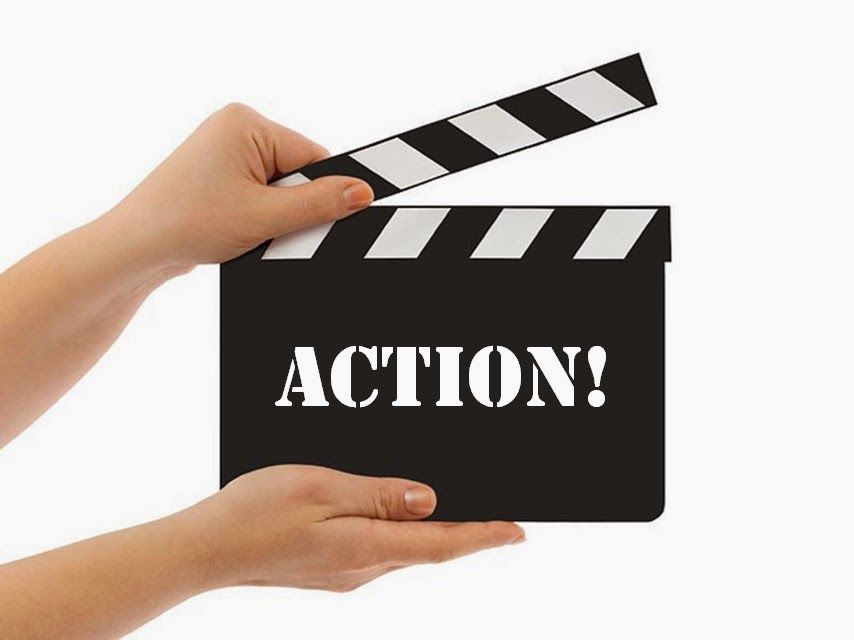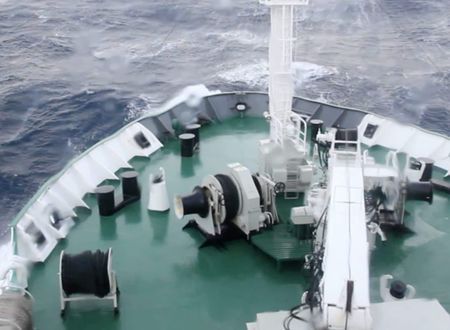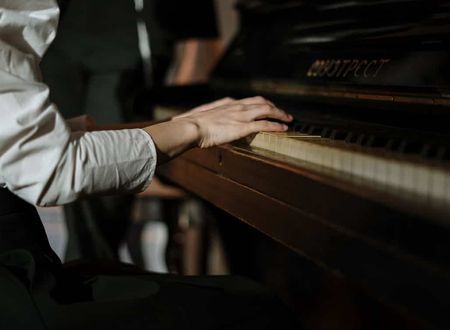For the last few years, I had put myself in a state of inaction. I went from being a risk-taker to being risk-averse due to some life-changing events and that put me in a state of inaction most of the time. Just yesterday, I was listening to a talk by Om Swami on negativity bias – https://thedecisionlab.com/biases/negativity-bias. We tend to remember negative things a hundred times more that the positives.
However, this risk-averse state affected a lot of parts of my life — personal and professional. There is one aspect about inaction — it puts you in a tug of war with yourself. You don’t like inaction but still are not confident of making any move ahead, a deadlock within.
Where it began…
I must say, that the factors that made me inactive were related to my self-confidence. I started questioning everything I thought and did and hence, I was in a constant state of self-doubt and fear of failure. To begin with, my state had reduced to self-doubt due to:
- A life-altering event, where I felt I didn’t think through enough and jeopardized my entire family with my decision.
- The above choices were made by me against the wishes of my loved ones with a conviction that it will be good for all of us.
- As a result of guilt for failure, I started questioning each and every choice I made in order to be considerate.
- I started valuing the feedback from people who questioned my decisions, thinking that it would help my decisions better as I was used to doing things my way before.
Self-doubt plus critical feedback equals more self-doubt (inaction)
It got me to a point where the feedbacks were of the nature that “don’t walk because there is a chance of falling.” This is true, my mother fell down and broke her leg. She needed surgery and a rod was inserted inside her leg. I was sharing this with someone whose feedback I valued, and heard from him — “You never know how successful this surgery would be, and if the body accepts the rod”.
At that moment, I was forced to reevaluate all the feedbacks I was receiving. This scenario of my mother needing surgery wasn’t an option, it was absolutely necessary for her healing. The feedback I got from the guy made it seem that even surgery might not help as much and in my head, I was like do we have a choice?
Narrowing our choices
I decided to change my mental algorithm for decision-making and taking action and initiative. I broke down the process by asking myself –
- What is the worst possible outcome?
- Who all would be affected the most and bear loss for my action?
- Who is willing to put up all the work required to achieve the objective of the action?
- What is the outcome of inaction?
- What is a better state — action or inaction? (doing nothing)
- Considering who all are affected by inaction too and communicating with them about the appropriate choices and possible outcomes.
I had to step back and evaluate what all held me back — earlier, I did not consider how my actions affected others and now I wanted to consider them. However, I need to have a better filtering mechanism for evaluation. I gave myself another shot at building my confidence to take action. I decided to start a new venture.
Give yourself another chance…
I decided to start a small venture of making bags. In the beginning, I didn’t know anything about bag making, for starters even sewing. I joined a beginner class for familiarizing myself with the sewing machine and made a small pillow at the end of the class. Then I invested in the project, by buying machines, fabric, and sewing tools and learned a whole lot about interfacings required to strengthen the fabric for bag making.
My first teacher was YouTube and I did make some sample bags. However, at that time, when I shared this idea with the person who first told me to learn about it, he told asked me if I could make anything that would sell. There were more like him, and heard a variety of statements like –
- Do you think you will sell, who is going to buy?
- What is the need to make all this?
- Why spend money on this project?
- Why are you doing this in the first place?
I was hurt initially, but then I told myself that I am doing it for restoring my self-confidence and I need to do what was necessary. I was the hardest critic of my work, I would work after office, on weekends to complete my projects and spent a lot of money on buying tools and fabrics. (all this during covid when no one was buying anything).
I decided to go hard on myself and learn even the most complex projects and work on them. I ended up making a range of bags – small, medium, large, quilted and over a hundred of them. Next, I decided to go to fairs and display the work and see if anyone buys anything. I was surprised to see the response from the customers. This is not something big, however, this exercise was helpful in building my confidence.
Takeaways…
Fast forward to the current day, my family members stayed with us for the first time in three years post-Covid, and they were surprised by my work. Initially, not so hopeful, but their perception changed after seeing the outcome of my work. Then I also decided to learn Bharatnatyam, around the same time, and I had similar feedback in a different context. However, seeing my dance videos and appreciation from my teacher, the feedback turned from question to support.
From the two exercises, that I did for myself, I realized that the key takeaways were the same:
- If I am responsible for inaction — I give myself a date to decide or take action.
- Share my point of view with the concerned people who are affected by my choice, have a good discussion with them and respect their views.
- Recognize and remove noise (people who are not invested, not affected by outcome)
- Focus on building your skills and abilities to the best possible versions.
- Take ownership of failures and learn from them for next time.
I would have shared pictures of the evolution of sewing skills, however, they were not the main focus of the article. My learning is that I needed to rebuild my confidence and I decided to take a small action for myself, based on evidence and hard work, instead of fears and self-doubt. In the beginning, I didn’t know anything but I persisted and took action.









Comments & Discussion
10 COMMENTS
Please login to read members' comments and participate in the discussion.